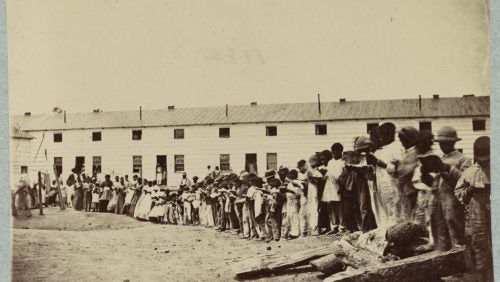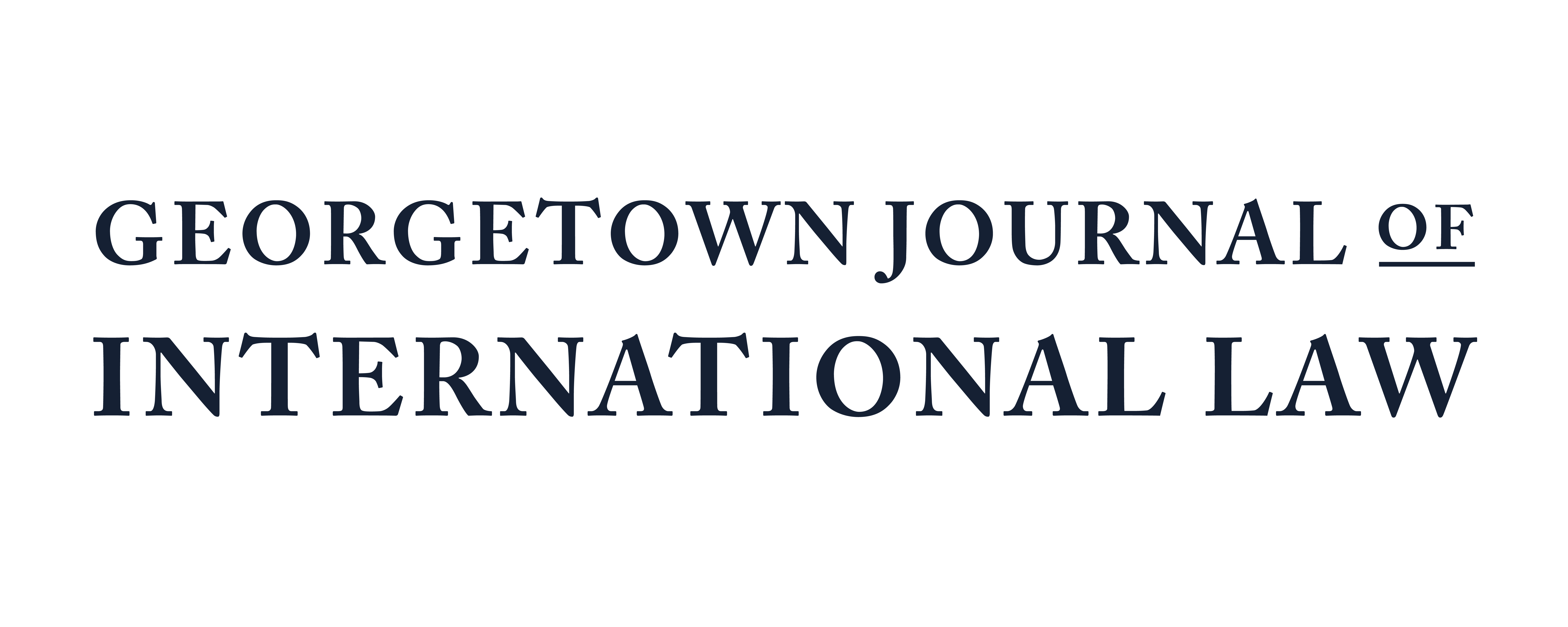Land Dispossession of Gullah Geeche People
November 26, 2018 by Editor

By: Shuang Wu
The Gullah Geechee people are direct descendants of West African slaves brought into the United States around the 1700s. After they came to southern East coast of America, they gradually preserved its African cultural heritage and formed a unique culture that has endured for centuries. Gullah Geechee is a colloquial term that likely came from the term “Angola,” where the ancestors of some of the Gullah people likely originated, and “Ogeechee,” the name of a river in Georgia.
In 2006, Congress designed Gullah Geechee Cultural Heritage Corridor to preserve the unique culture of Gullah Geechee people. The Corridor is a federal National Heritage Area and it extends from Wilmington, North Carolina in the North to St. Johns county, Florida in the South. There is an approved extension of the corridor in the South to St. Augustine and there are currently around 250,000 Gullah Geechee people living in the corridor area.
In the forty-five years following the Civil War and the reconstruction era, freed slaves and their descendants accumulated roughly fifteen million acres of land mostly in the South. And by 1920, there were almost one million black owned farms in the U.S. The land was largely purchased or acquired as gifts from white Anglo Saxon protestants who previously owned plantation, but later fled South and died without children or heirs.
In the 20th century, the number of properties dropped precipitously. By 1975, only around 45,000 black-owned farms remained. The inheriting process leaves the land vulnerable to dispossession. First, there is a lack of legal procedure to secure the land right. Without having a will recognized by the state, Gullah Geechee descendants, instead of obtaining a legal title, would inherit the land as the heirs’ property. Second, Gullah Geechee people have a culture of joint ownership over the land. The land is often jointly owned by many descendants living across the United States, who may have never meet with one another, or are not even aware of the existing legal right to the land
One of the main legal instruments for such land dispossession is partition sales. The U.S. Agricultural Census issued a report in 2001 indicating that around half of the dispossessed Black-owned farmland in the south had been taken away through partition sales. Since the land is jointly owned by many descendants, any co-owner can sell their portion of the land. Moreover, under a court order, that single person can auction the entire parcel without the consent of others. The Heirs’ Property Retention Coalition noticed that property developers tend to solicit heirs that have little connection with the land and no understanding of ancestral land heritage to sell their parcels. Once property developers purchase small portions of the land, developers can then proceed though a court auction and sell the entire parcel of land for their profit.
Additionally, lack of a clear legal title left heirs’ property owners with limited use for the land. The ability to acquire mortgages is hampered and property owners may not be eligible to apply for state or federal housing aid. They are not eligible for most of the programs administered by the Department of Agriculture either. Because of the limited use, some land owners stopped paying taxes. As a result, land owners can get their home seized and their lands sold off.
Prince Albert III, a student from Georgetown Law recently proposed possible solutions for such land dispossession from a legislative, litigative, and social perspective. From the legislative standpoint, he argued that the partition rules can be changed through amending the Uniform Partition of Heirs Property Act. Moreover, amending and reducing restrictions against heirs’ property by the Department of Agriculture can assist land owners to better utilize their land. Regarding the litigation forum, Albert stated that federal litigation, compared with state litigation, helps Gullah Geechee people to align their interests to the federal level and to avoid administrative malfeasance concerns. In addition, claims raised in environmental protection agencies may also help to prevent land dispossession because the commercial development of the land often raises potential environmental concerns. Finally, another proposal is establishing a trust to help co-owners manage their land. However, introducing this new concept and encouraging Gullah Geechee people to change the status quo is potentially the major hurdle ahead.

